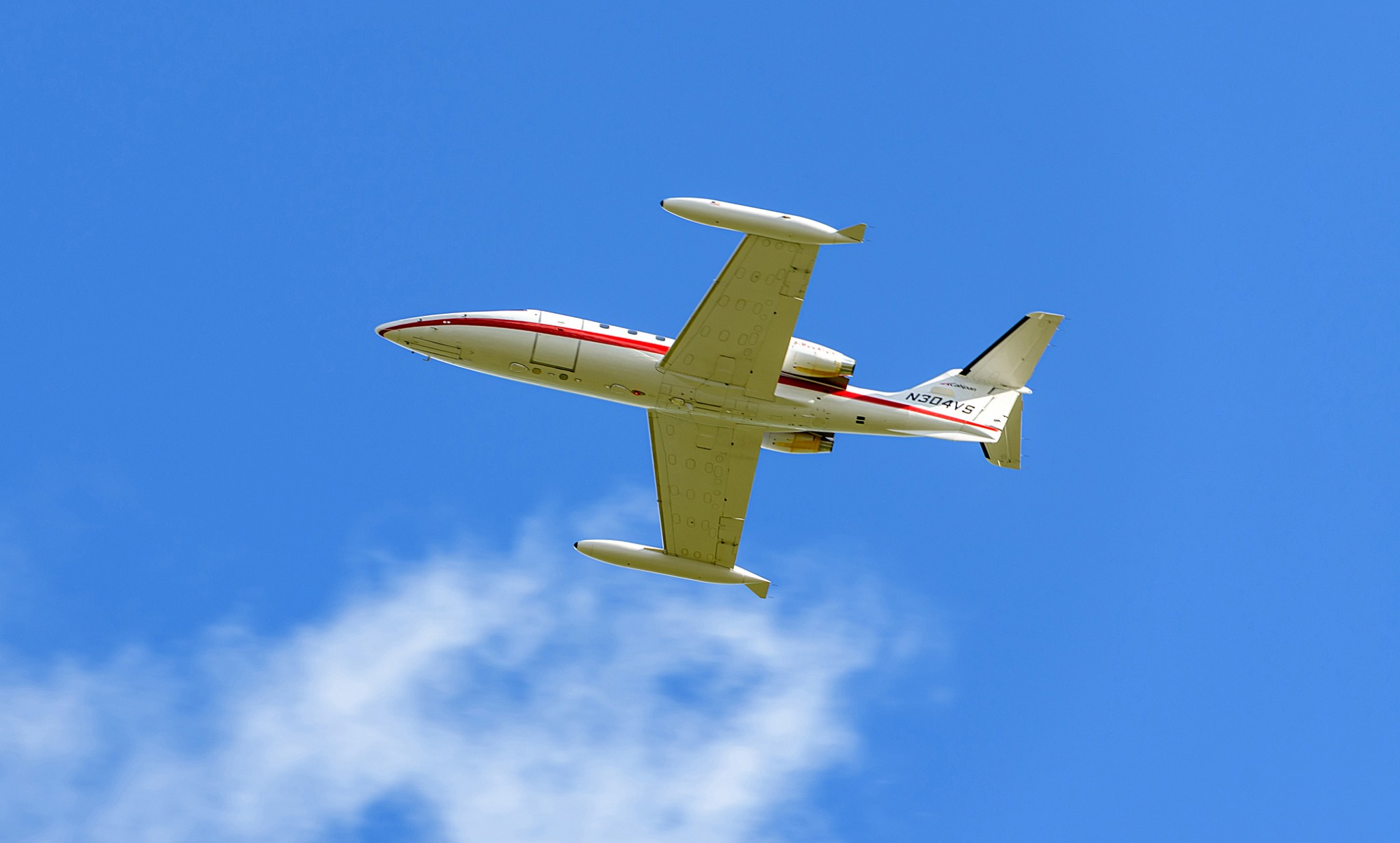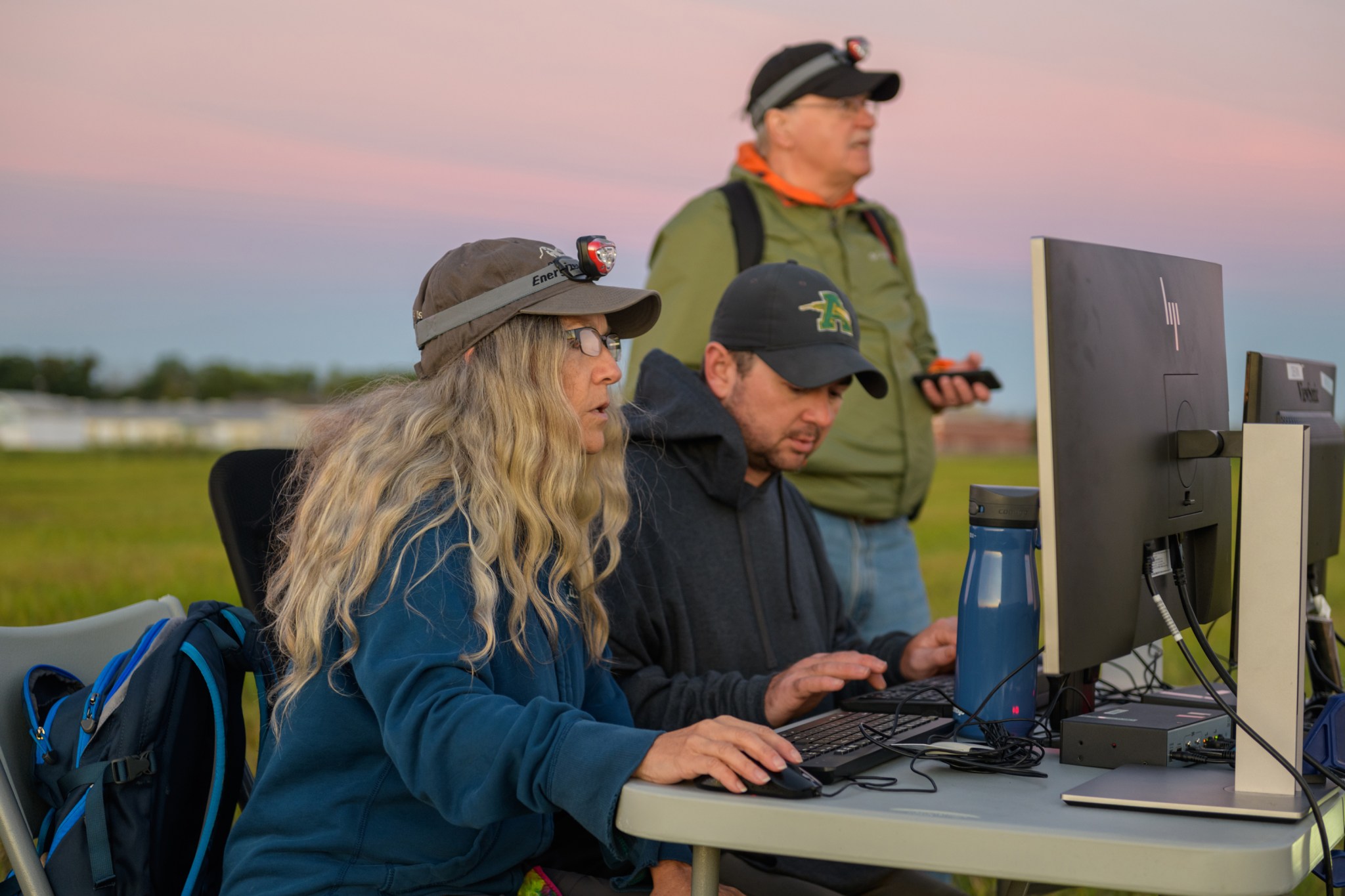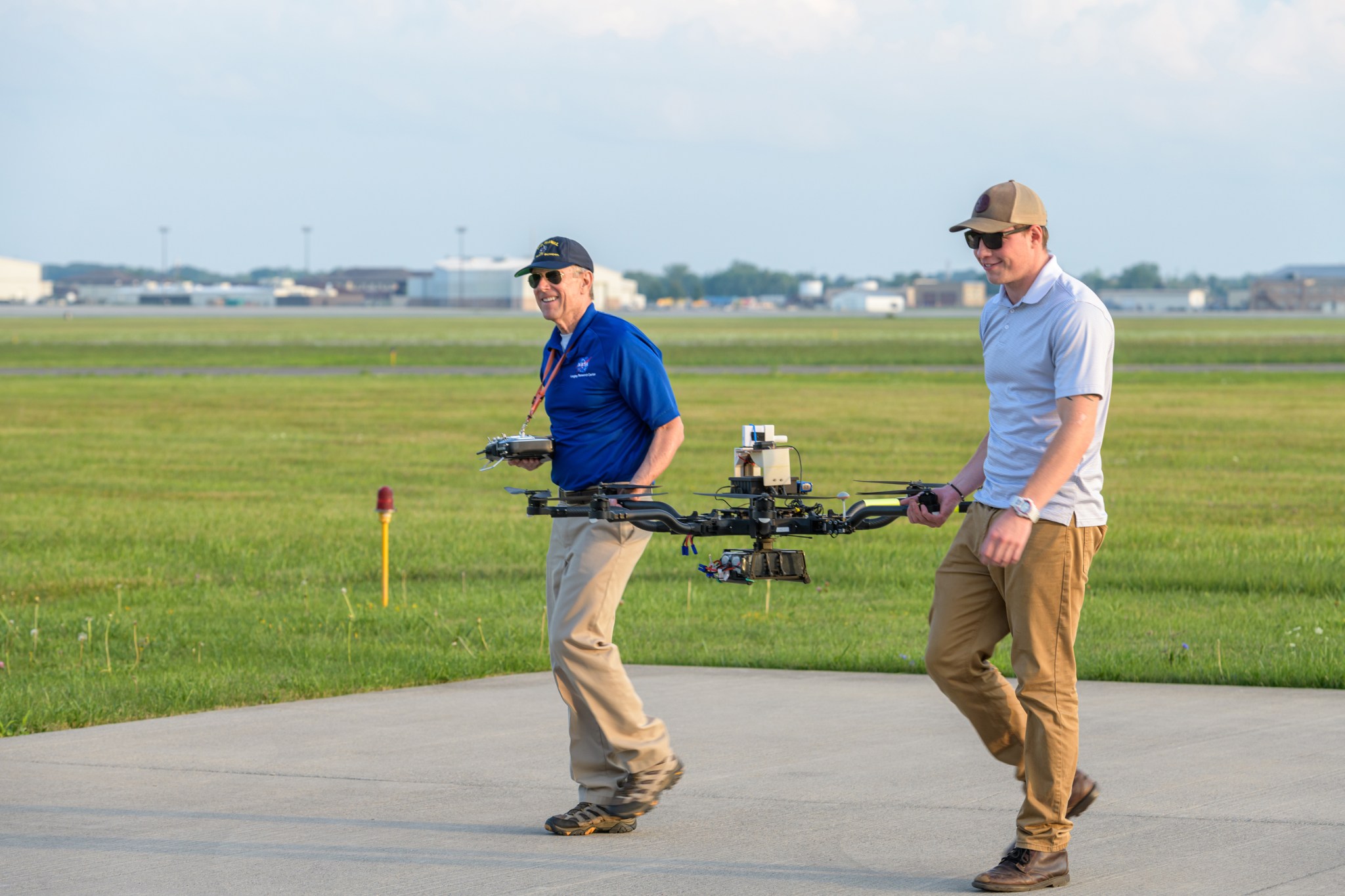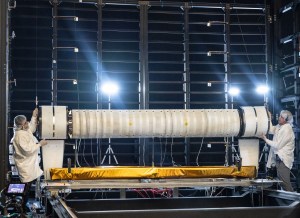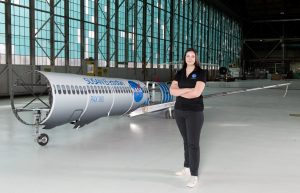NASA researchers recently conducted a series of flights to record the sound of jet engines with the goal of using that data to help predict the way future engines designed for use by supersonic-capable aircraft might sound at takeoff.
The Learjet Acoustic Flight Test took place at Niagara Falls International Airport in New York, where the twin engines of a Learjet 25 owned by Calspan Corporation of Buffalo, New York, provided the sound as the aircraft was flown in various conditions.
“We chose a Learjet 25 because its engines are similar to what a future commercial supersonic aircraft could sound like,” said Brenda Henderson, NASA’s principal investigator for the flight test.
Creating a modeling tool able to predict noise levels of future supersonic aircraft during takeoff and landing could help U.S. and international regulators make informed decisions on setting noise level standards acceptable to the public.
The Learjet flew four sorties in total, during which it completed 73 flyovers at approximately 500 feet in altitude. Six different engine conditions were studied.
At the same time, a small remotely piloted drone safely hovered nearby, collecting weather data to understand the atmospheric conditions around the Learjet. The drone and its operators are based at NASA’s Langley Research Center in Virginia.
“The group from Langley let us borrow their equipment, provided expertise in its use, and conducted the flight to collect our weather data,” Henderson said. “Their contributions were key to our success.”
Supersonic Jets, Subsonic Speeds
During takeoffs and landings, supersonic aircraft fly subsonic – or slower than the speed of sound. But even at these speeds, future supersonic aircraft may sound different from those designed for subsonic flight due to design differences, including different types of engines.
Unlike modern commercial airliners, the engines of supersonic aircraft are expected to have a low bypass ratio. This means the jet engine’s fuel-burning core produces the bulk of the aircraft’s thrust, instead of powering a large fan to produce thrust.
Because engines of this design are not commonly used in commercial aviation today, limited research data is available on how they would sound.
However, with commercial supersonic travel expected to make a return – with industry expressing interest and NASA’s Quesst mission working to make quiet supersonic flight over land possible – gathering this data could help shape that future.
That’s where the Learjet 25 comes in. Although it’s a subsonic aircraft, its CJ610 turbojet engines create noise similar to what future commercial supersonic jets may produce.
Gathering Data
Since 2019, NASA researchers have tested scale models of the Learjet’s CJ610 engines in the test facilities of the Aero-Acoustics Propulsion Laboratory at NASA’s Glenn Research Center in Cleveland.
In doing so, they gathered much data on the sound the engines are expected to produce.
The Learjet Acoustic Flight Test aims to verify the accuracy of the wind tunnel tests, allowing researchers to make improvements and adjustments to their dataset and prediction models so they match the real world.
However, to achieve the goal of creating a predictive modelling tool, the Niagara test was conducted differently from others done in the past.
Whereas most jet noise tests are used to certify whether an aircraft is quiet enough, this one captured the relevant mechanics of the sound source itself in a variety of conditions.
While state-of-the-art microphones were installed on an inactive runway at Niagara Falls International Airport, the Learjet was outfitted with numerous sensors and positioning equipment to record conditions inside the engines, as well as the aircraft’s precise location relative to the microphones.
“On the aircraft, we used a high-end precise positioning GPS system and sensors that recorded engine temperatures, pressures, and exhaust conditions,” Henderson said. “Everything was timestamped, so for every moment the aircraft was flying, we knew exactly where it was and how the engines were operating.”
Following the flights, scale models of the Learjet’s engines were once again tested in the test rigs at NASA Glenn – this time in the same engine and flight conditions experienced during the flight test.
Researchers are in the process of verifying their ground test data.
With this new and improved information in hand, researchers will produce the predictive modelling tool that – in concert with other research – can help government, industry, and academia work on ushering in a new era of publicly acceptable commercial supersonic travel.



























